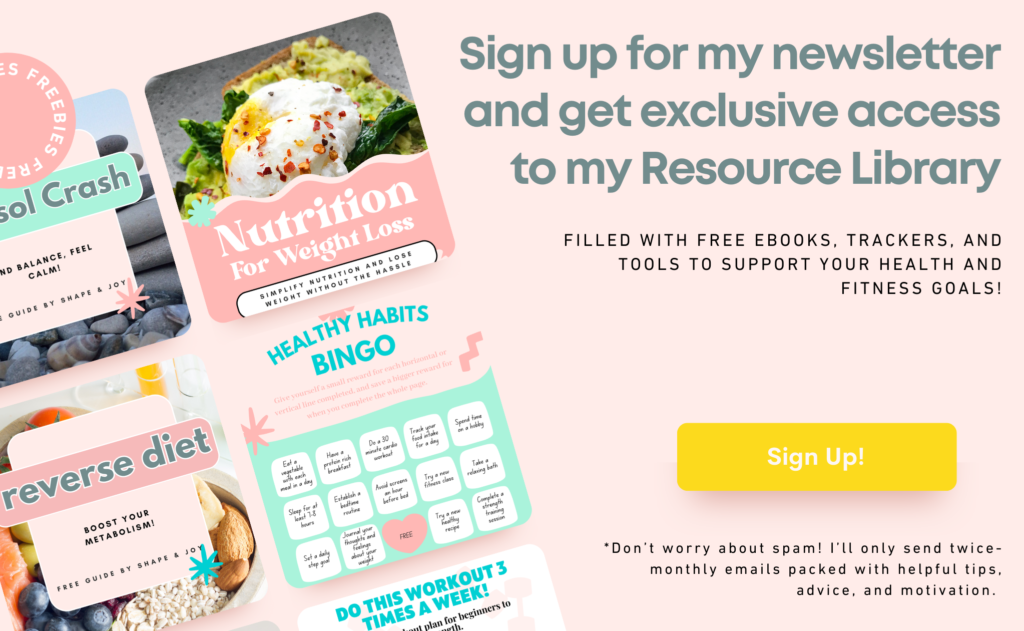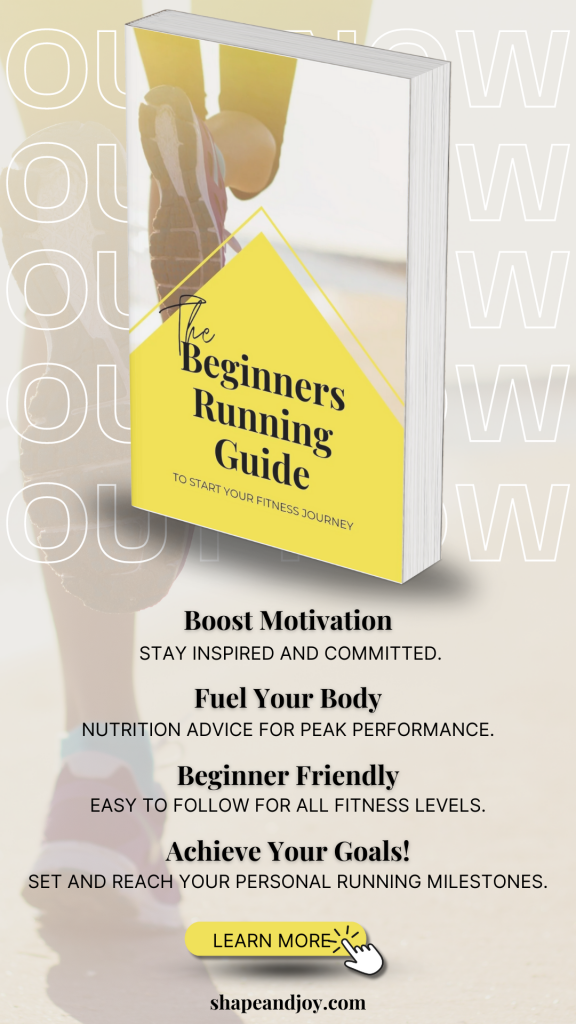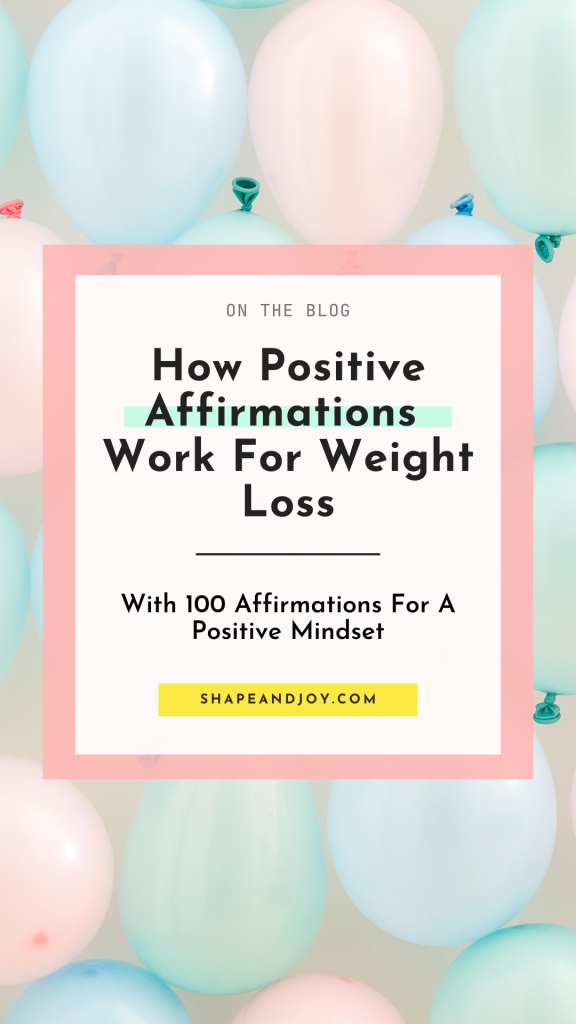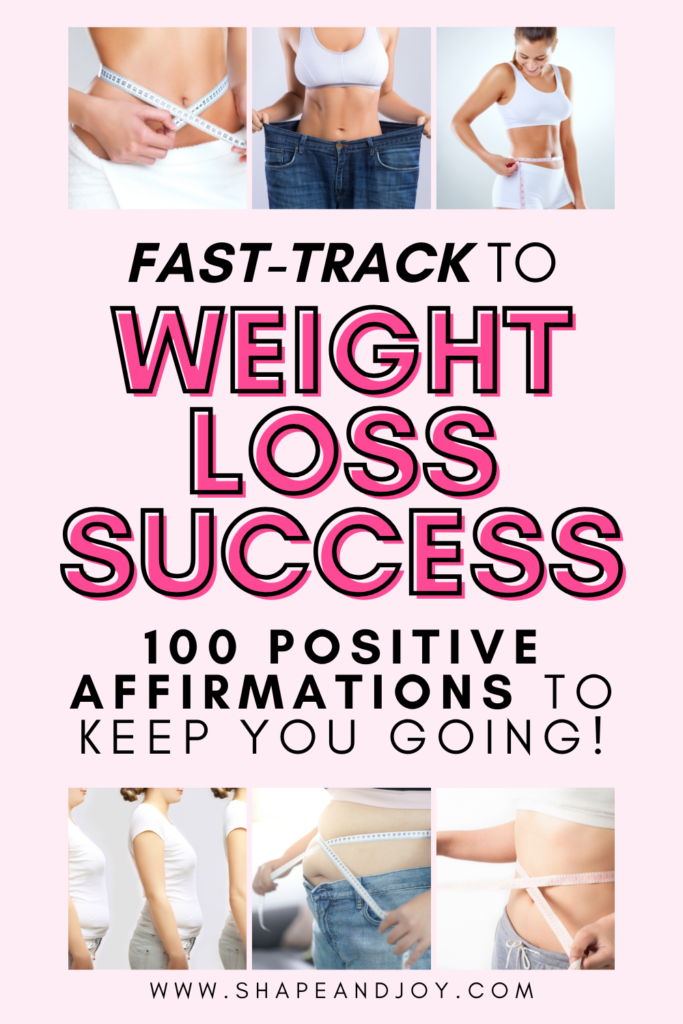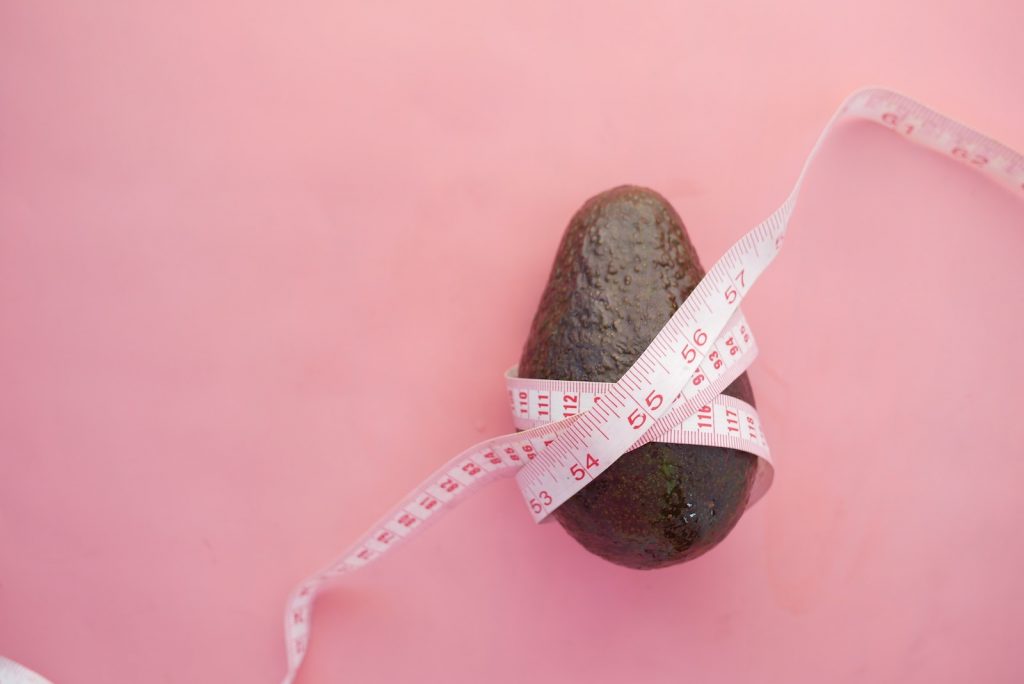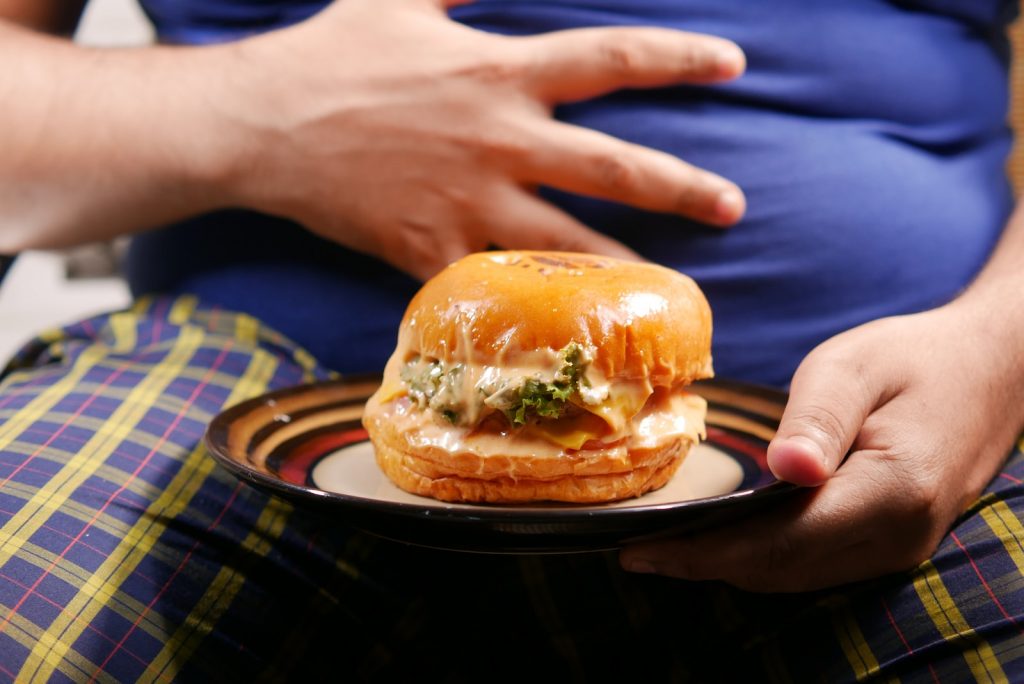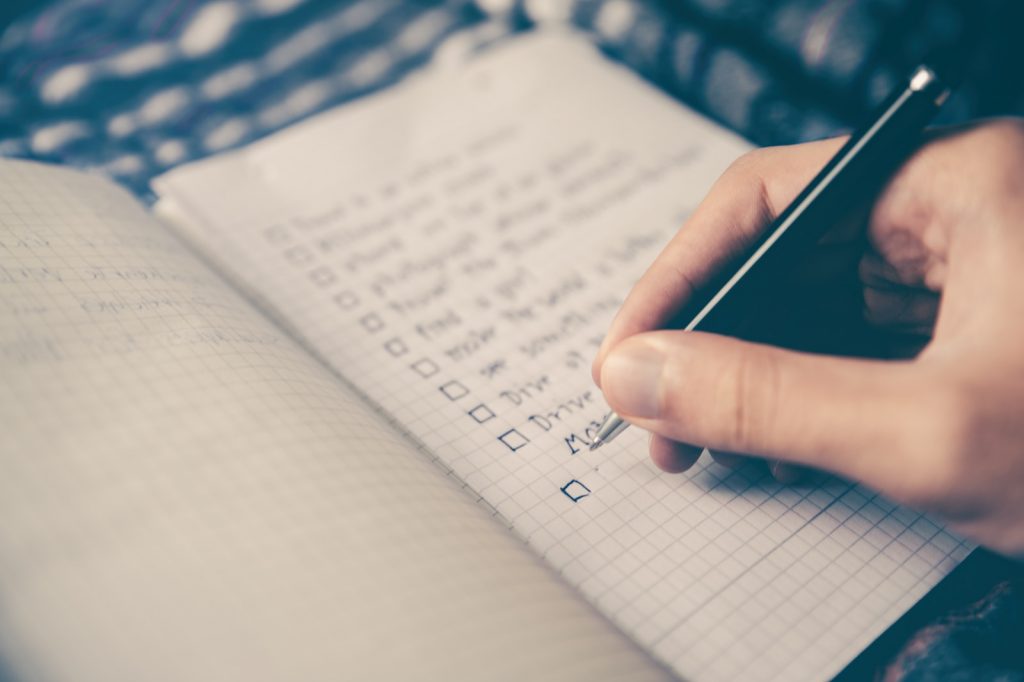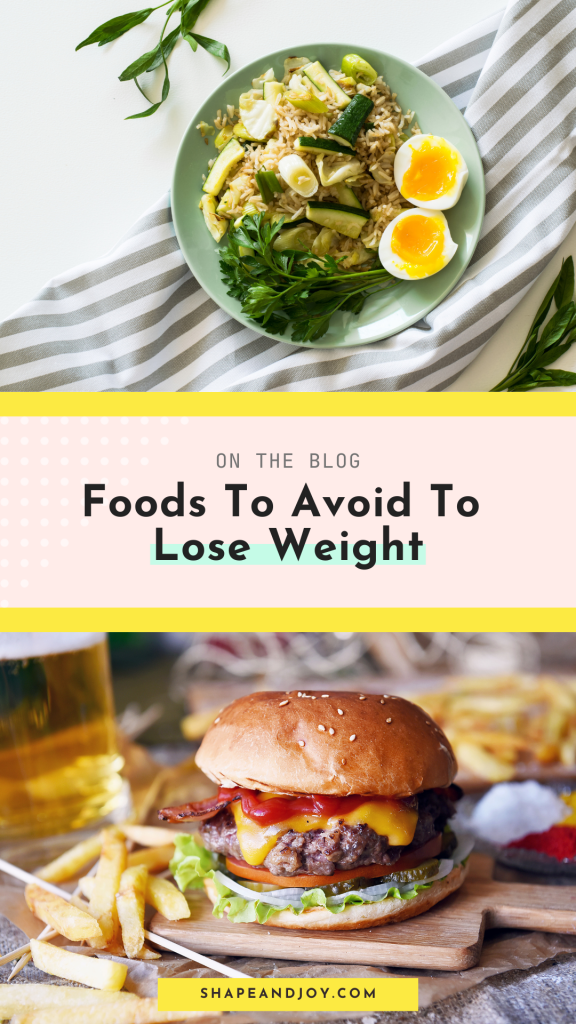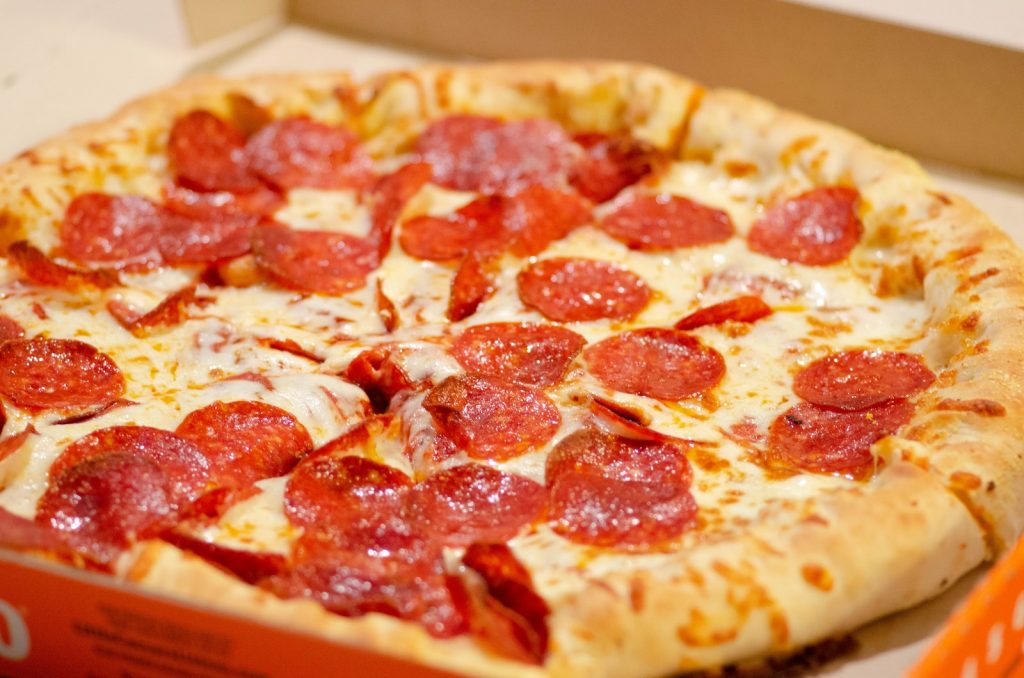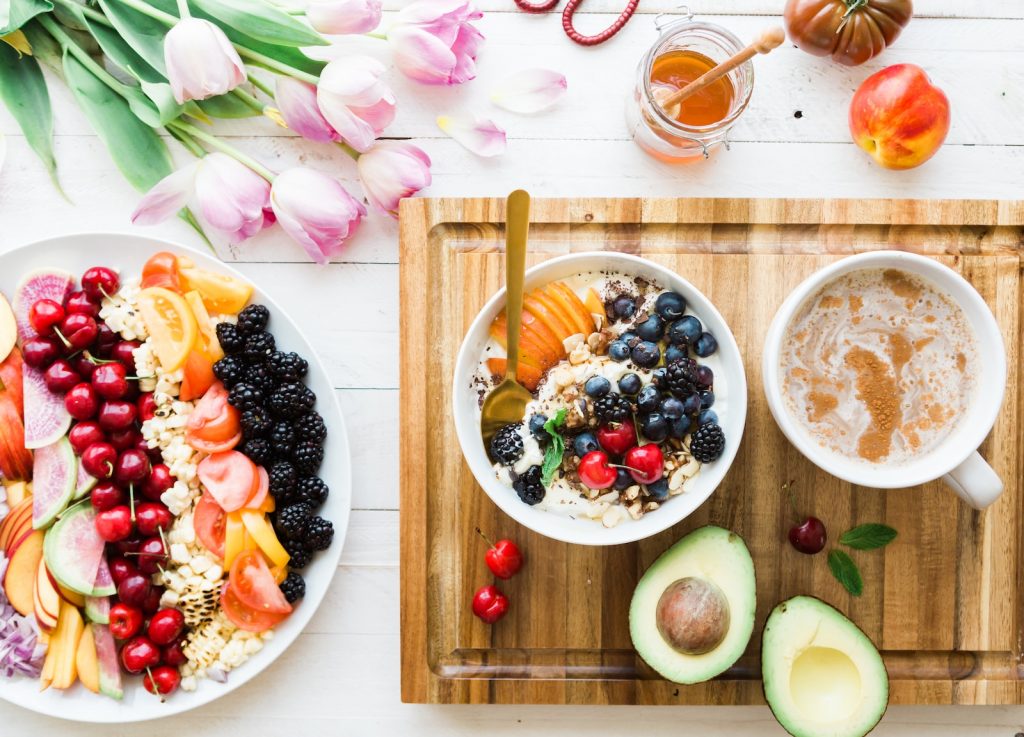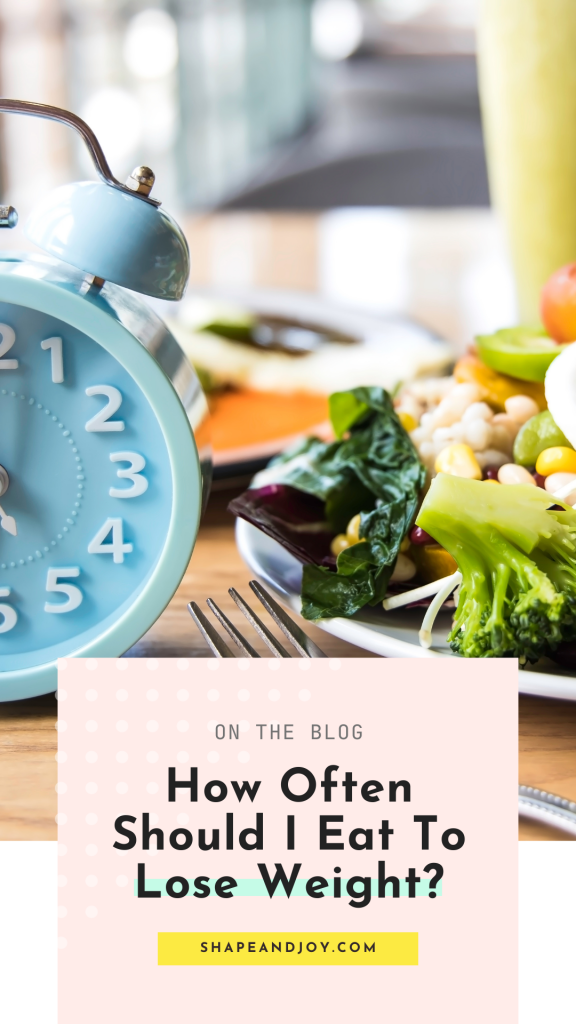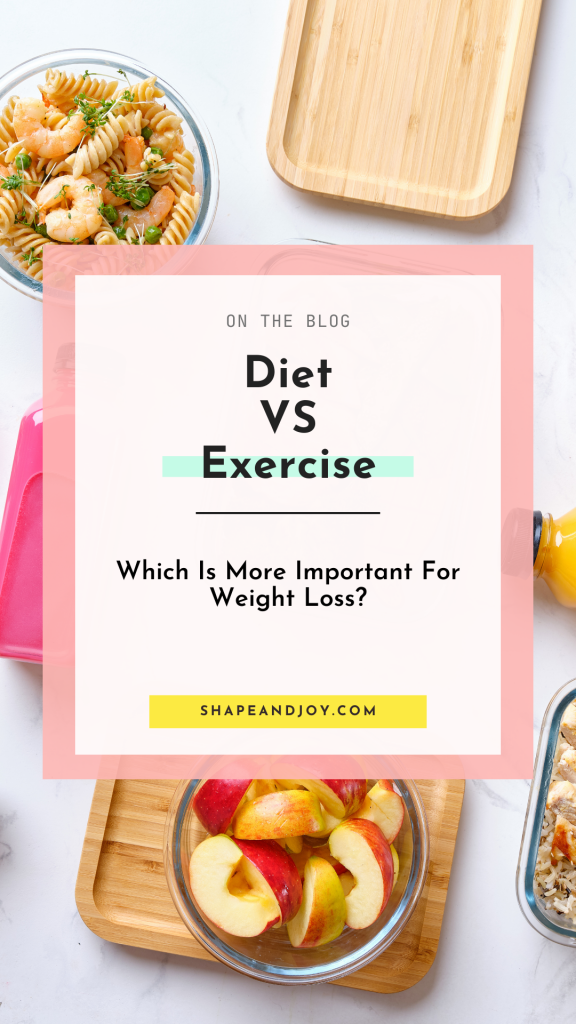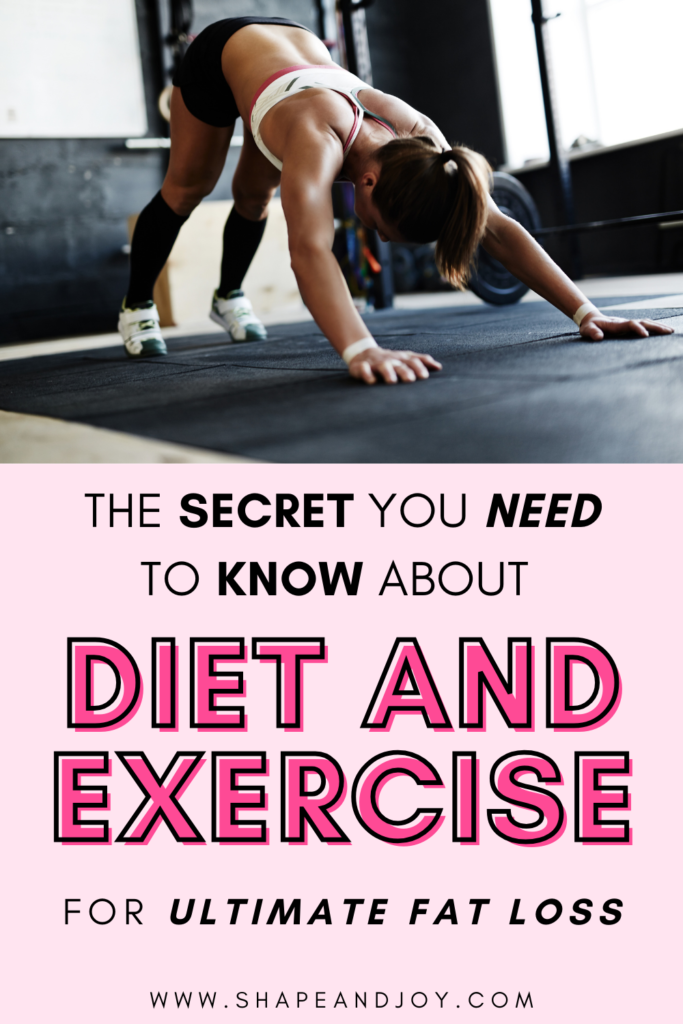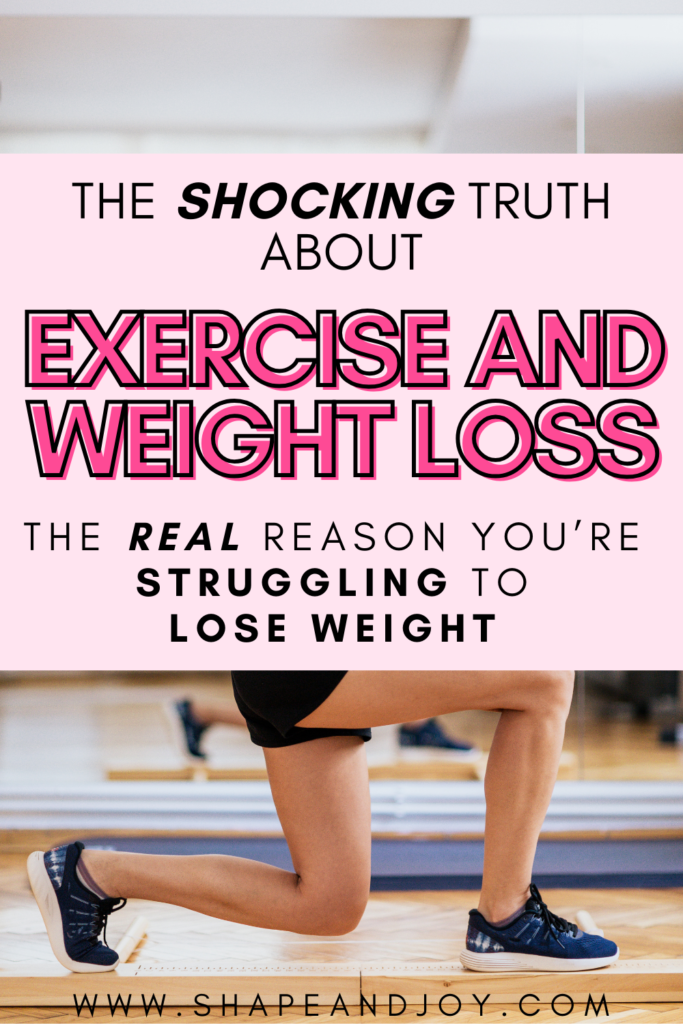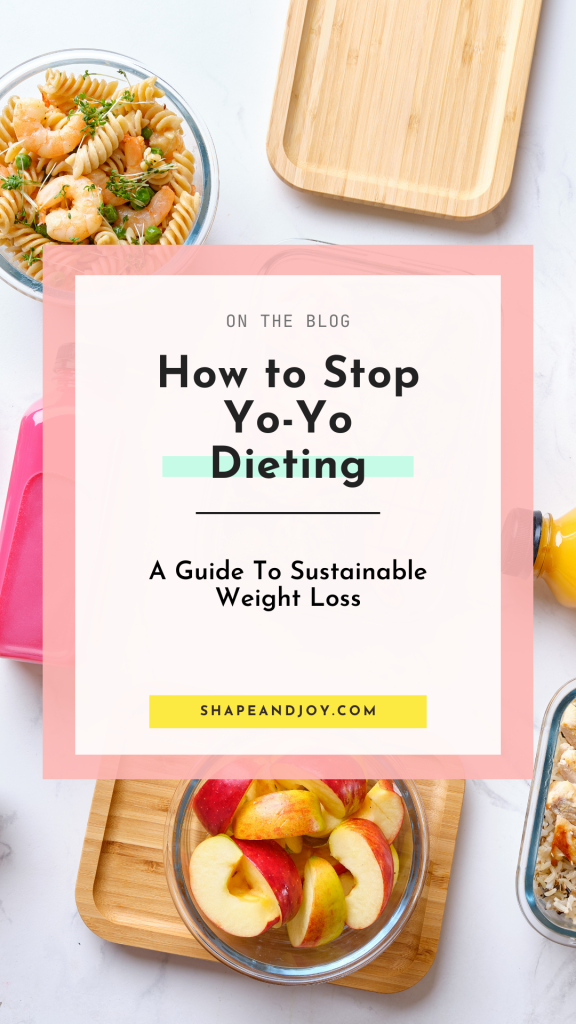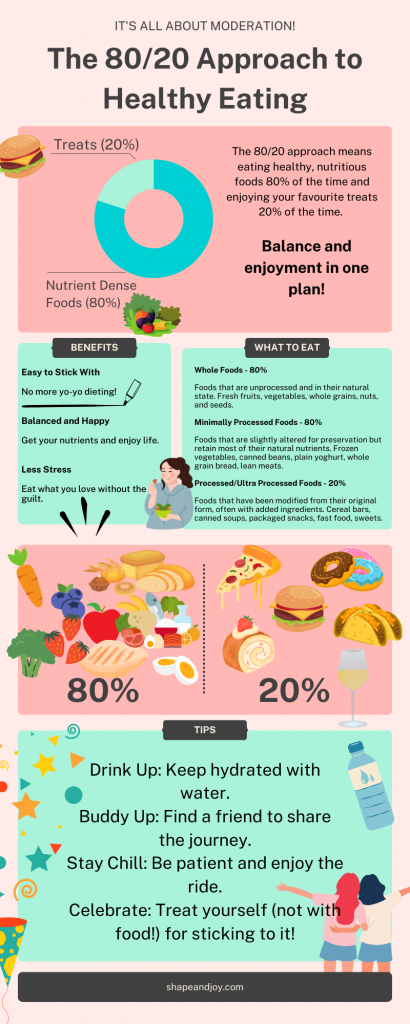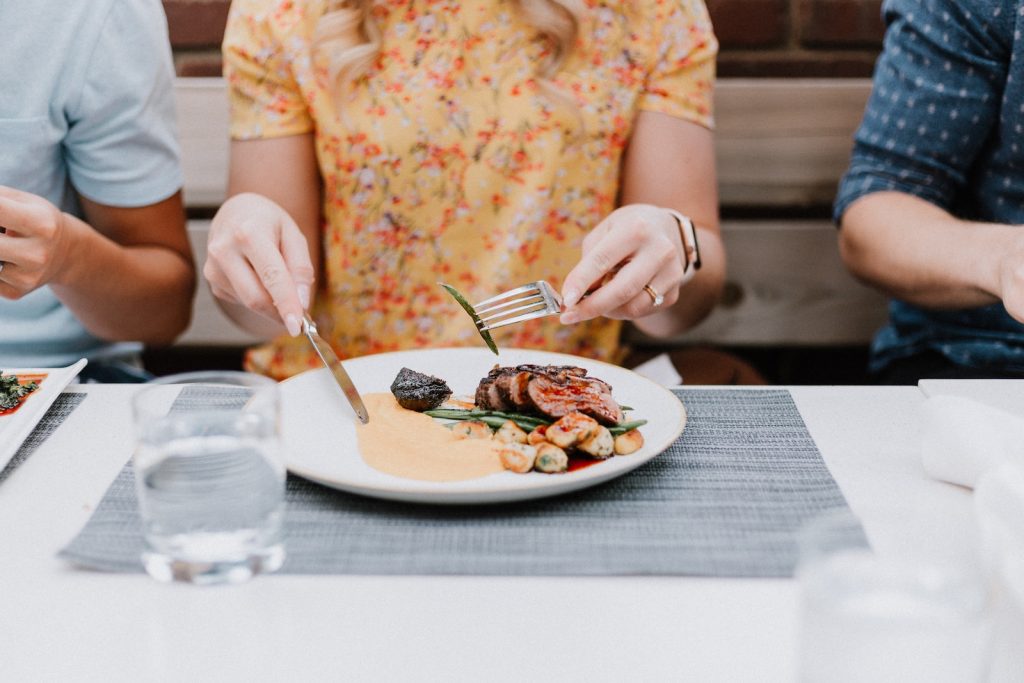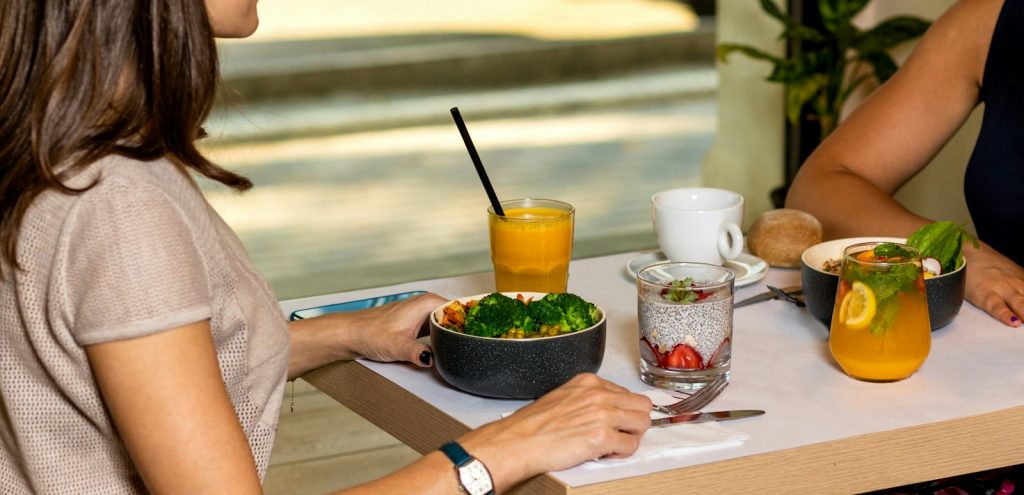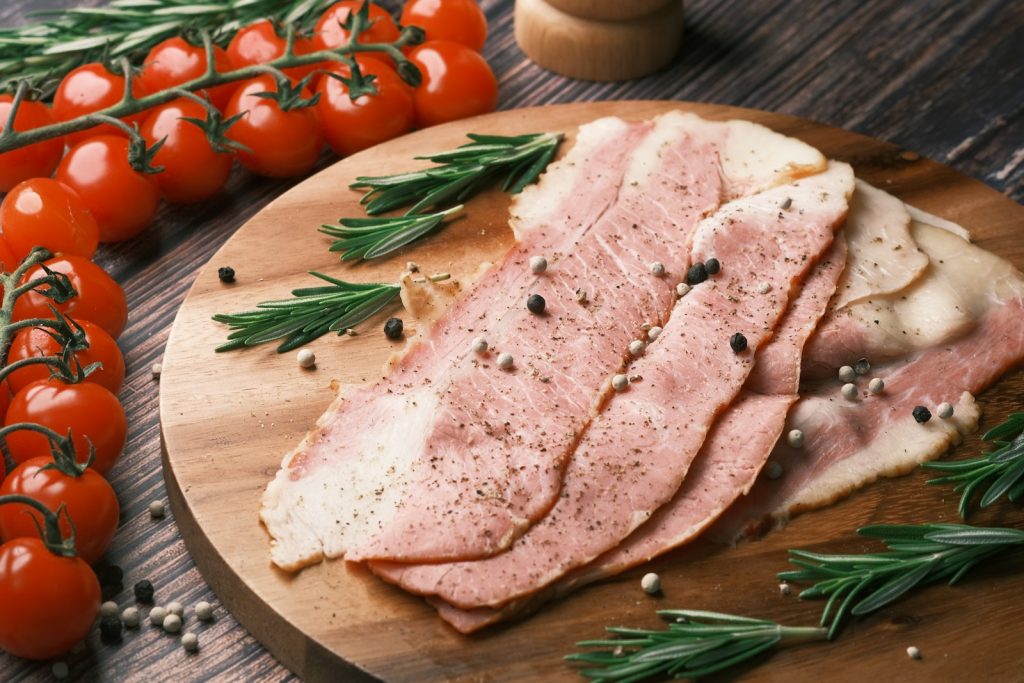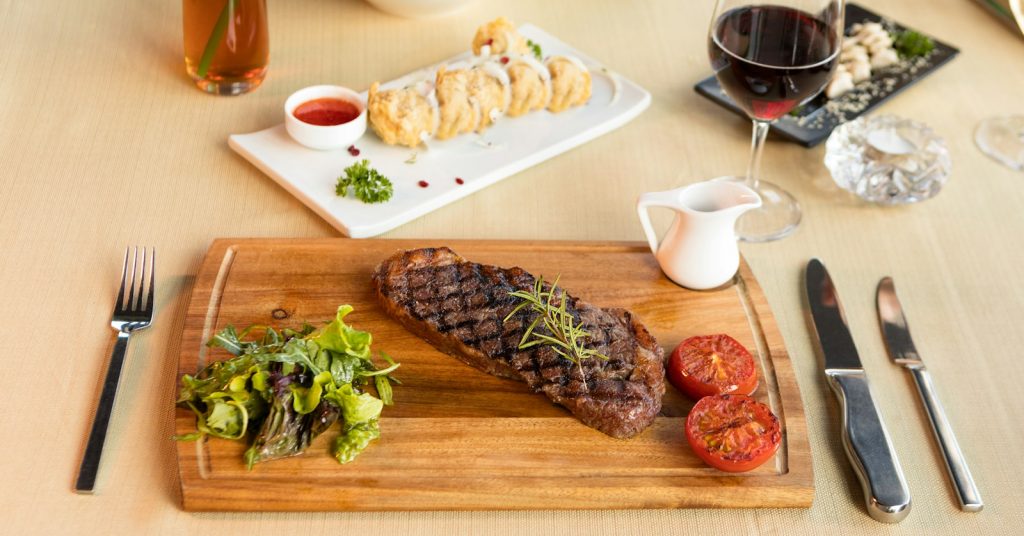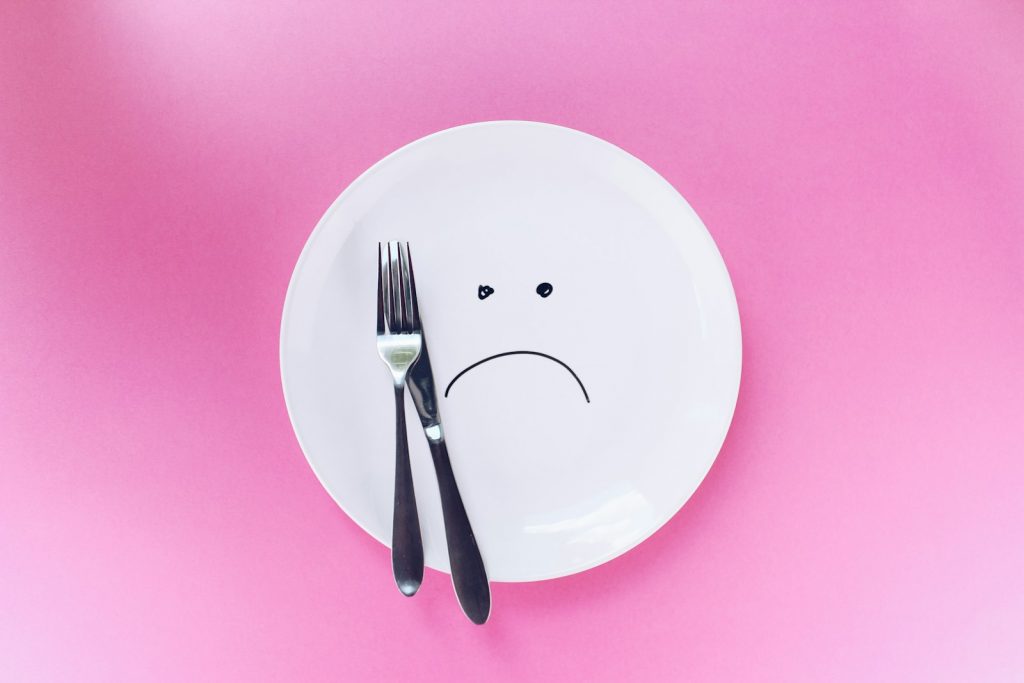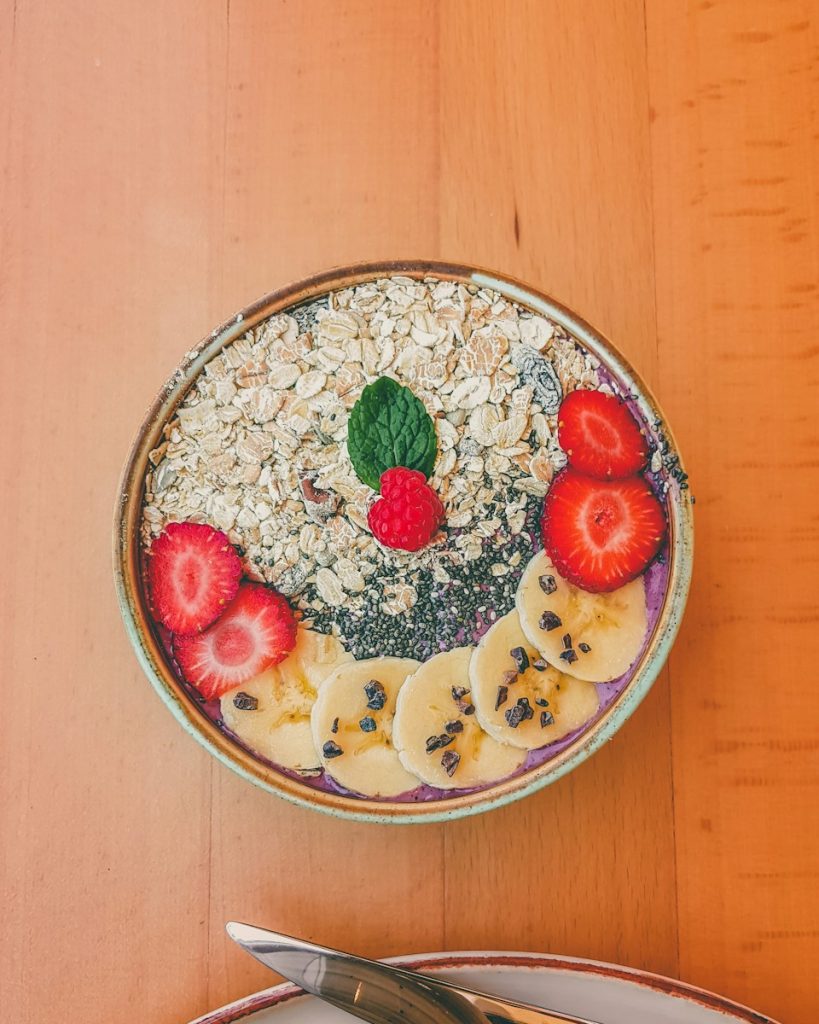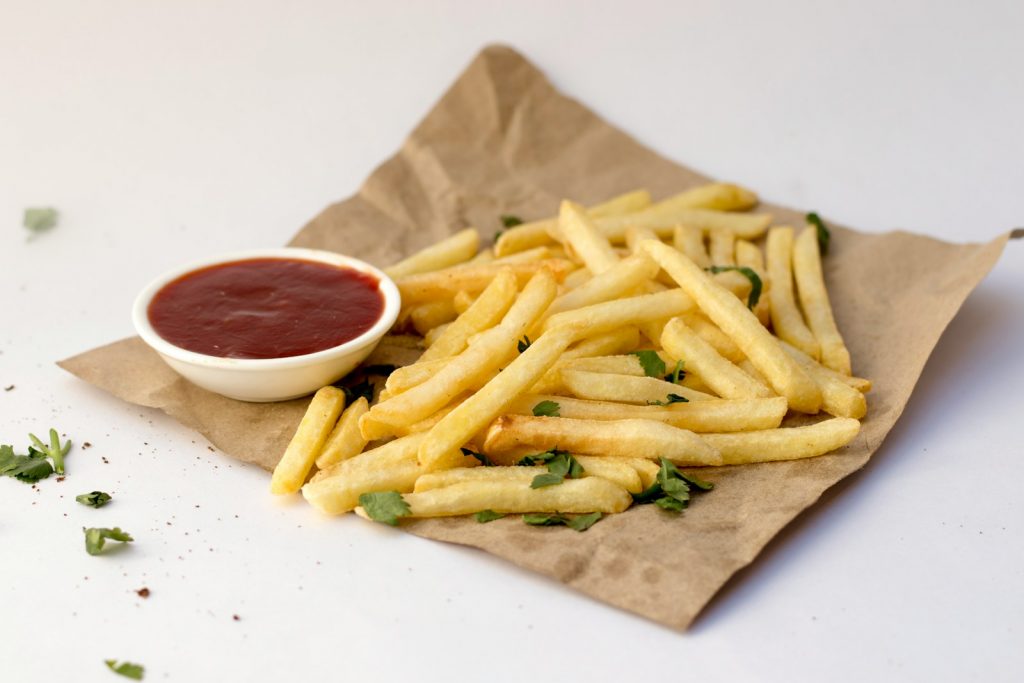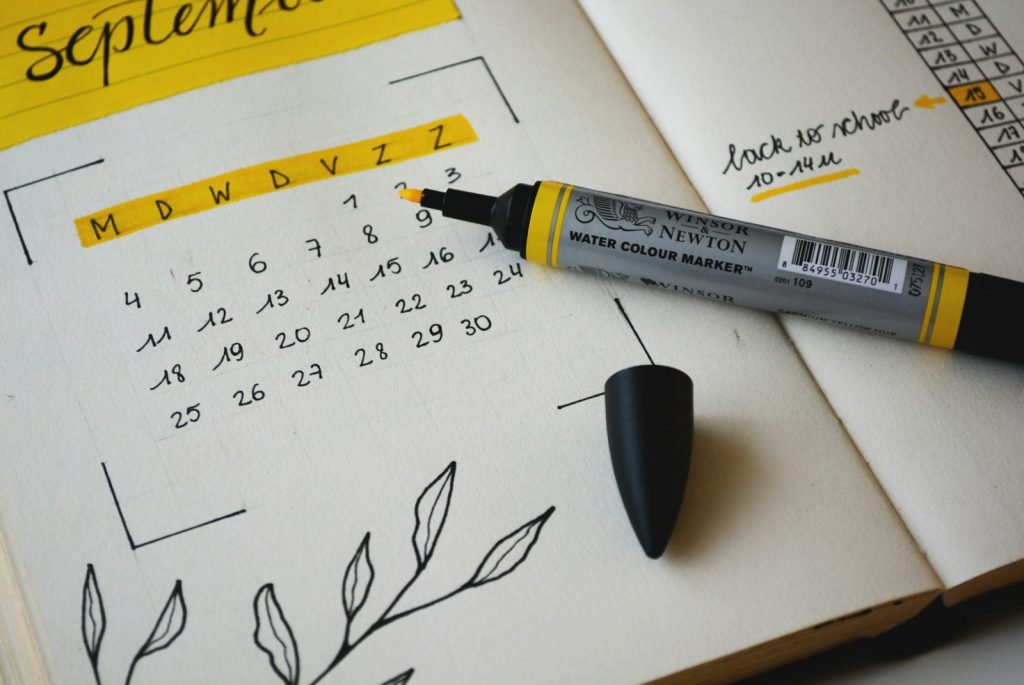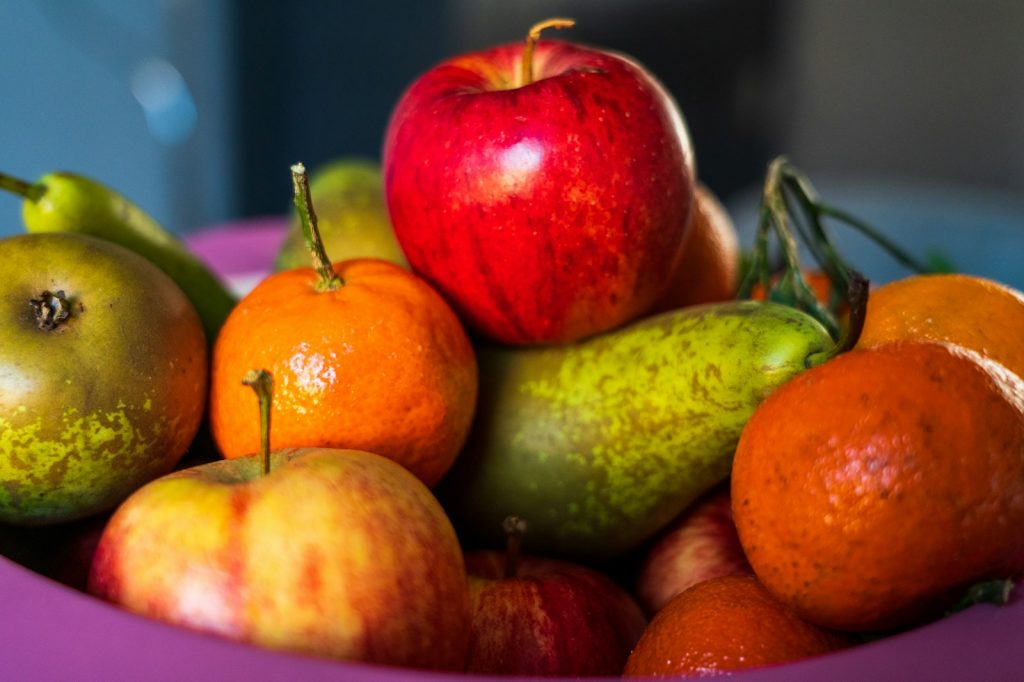How I Lost Over 80lbs: Tips For Starting A Weight Loss Journey
Three years ago, I couldn’t walk up a flight of stairs without feeling out of breath. I was constantly tired, trapped in a cycle of crash diets, and completely disconnected from my own body. Fast forward to today, and I’ve lost over 80lbs on my weight loss journey. I’ve transformed my health, and, most importantly, rebuilt my mindset around food and fitness.
If you’ve ever felt stuck in the yo-yo dieting trap or overwhelmed by where to start, you’re not alone. In this post, I’ll walk you through the exact steps I took to lose weight, ditch restrictive diets, and find a healthy balance that lasts. Whether you’re looking for losing weight tips, motivation to get started, or a sustainable approach to healthy weight loss, you’ll find it all right here.
So, in this post, I’ll cover:
- My top tips for starting your own weight loss journey
- How I shifted from quick-fix diets to sustainable habits
- The nutrition changes that helped me lose belly fat and feel fuller longer
- How I found joy in exercise (and why that matters for weight loss)
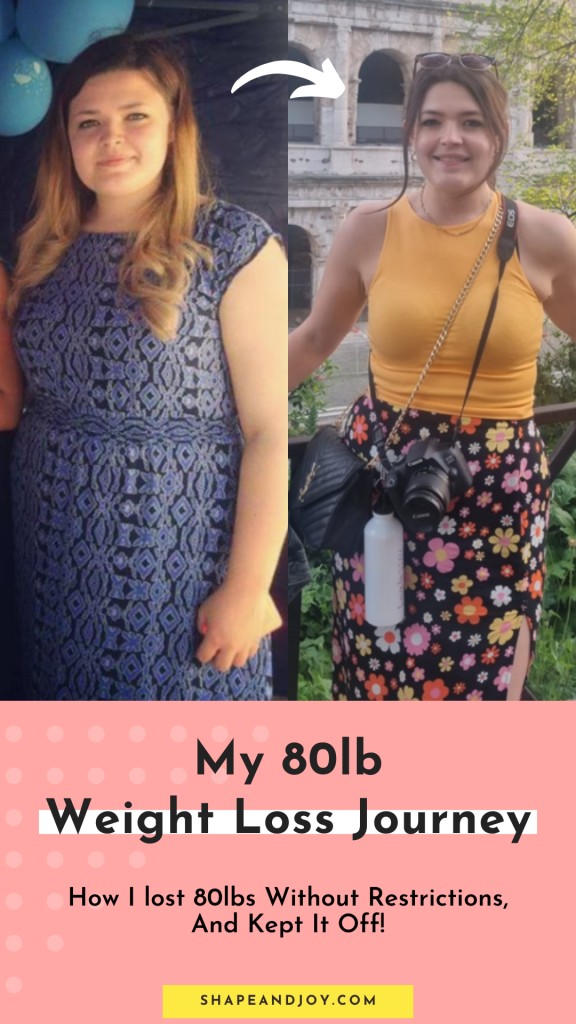
Time for a Change
Let’s rewind a few years.
I was feeling like absolute trash – both physically and mentally. I was dealing with asthma, stubborn belly fat, and I could barely walk uphill without feeling winded.
Forget about fitness workouts; I was just trying to get through the day.
My energy?
Non-existent. I was deep in the ups and downs of the diet cycle, constantly swinging between cravings and binge eating.
Then lockdown hit in 2020, and I had a wake-up call.
I was only 29, but my asthma put me in the high-risk category, which freaked me out. I knew I needed to lose belly fat and get serious about my health.
And not just to fit into a smaller size or reach an ideal weight—I wanted to get healthy and feel good again.
That was my moment of “Okay, enough is enough.“

If you’ve ever felt stuck in the binge-restrict cycle, my post on Weight Loss Psychology 101 shares mindset shifts that helped me find balance and stay consistent. It’s all about making weight loss sustainable—no more all-or-nothing thinking!
An Unsustainable Start to My Weight Loss Journey
I kicked things off with the goal of losing 50 pounds in mind and was lured into the quick-fix promises of the keto diet.
I dropped pounds fast, and I was all in.
But here’s the tea – it wasn’t sustainable.
I was constantly stressed about tracking every single carb, and the mental energy required to stay in ketosis was exhausting.
Was I losing weight? Yes.
Was I happy? No.
Shifting My Mindset to Sustainable Weight Loss
Once I realised that the keto diet wasn’t going to be my forever solution, I had to rethink everything.
If I wanted to start losing weight and keep it off, I had to move away from extremes and make natural, sustainable changes that would stick long-term.
And for me, it started with nutrition. I was addicted to takeaways and junk food.
My body was crying out for real, nutrient-dense foods instead of the quick fixes.
So, I made a pact with myself – focus on eating healthy, not perfectly, and slowly change my relationship with food.

Understanding Nutrition
I got serious about learning what my body needed. No more guessing or following fads.
I wanted to know exactly how food affected me – my energy, my mood, everything. I dove into healthy weight loss resources that broke down how whole foods impact satiety and energy levels.
The more I learned, the more I realised that my old habits were sabotaging me.
Processed foods were keeping me hungry, and I was stuck in a cycle of constant snacking. Once I started adding more whole foods like lean proteins, complex carbs, and healthy fats, I noticed I felt fuller for longer.
No more endless carb cravings or being a slave to junk food.
Staying fuelled and hydrated is crucial for your fitness journey, but so is being prepared for every session. If you’re wondering what to keep in your gym bag, I’ve got a handy checklist just for you!
Balancing Macronutrients
Next, I focused on balancing my macros. Instead of fearing carbs, I learned to love them.
I added more protein to my meals to keep me feeling full and energised, and yes, I still ate carbs – they’re not the enemy!
It was all about balance and choosing foods that helped me feel good.
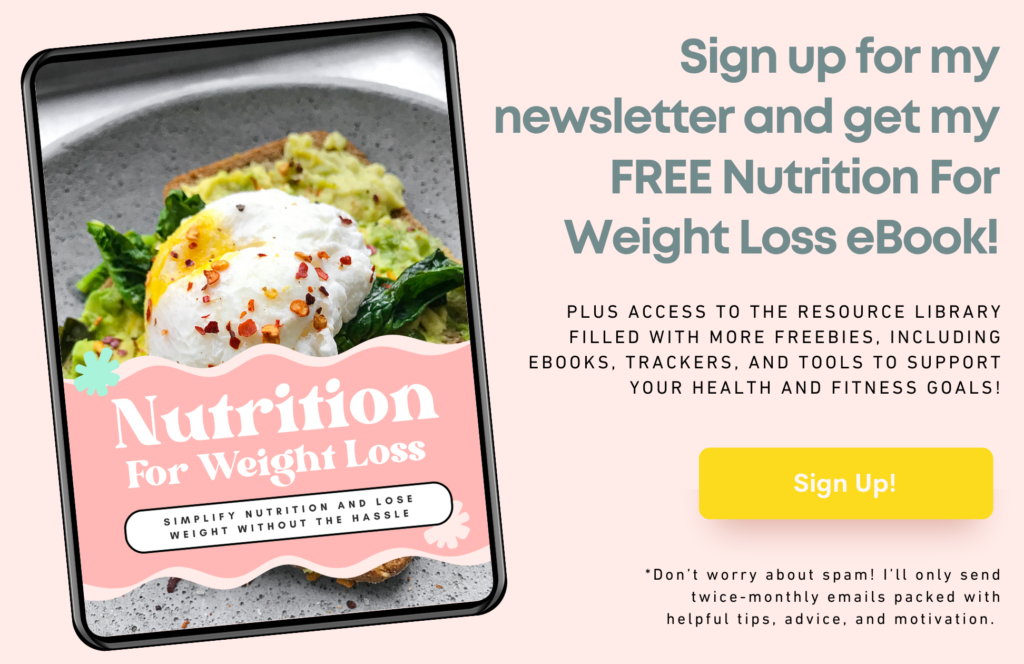
Allowing Treats and the 80/20 Rule
Here’s the real game changer: I stopped labelling foods as “good” or “bad.”
I learned about the 80/20 approach. 80% of the time, I ate whole, nutritious foods, and the other 20%? I allowed myself to enjoy the things I loved, guilt-free.
This was a turning point. Instead of feeling restricted, I felt free to enjoy food without overdoing it.
Finding Joy in Movement
When it came to exercise, I had to rewire my brain.
Workouts had always felt like a punishment, something I had to do to burn off food.
But that mentality wasn’t doing me any favours. I needed to find a way to enjoy working out, especially during lockdown when options were limited.
That’s when I found Couch to 5K. Trust me, it was rough in the beginning.
I could barely run for 30 seconds without needing to stop. But I pushed through, and every week I got a little bit stronger.
Running wasn’t just about burning calories anymore—it became my personal challenge, something that made me feel empowered.
Strength and Fitness

After I finished Couch to 5K, I knew I needed to keep pushing myself.
I started trying new things – swimming, aerial hoop classes, and eventually hitting the gym for some serious weight training sessions.
Building muscle wasn’t just about getting “toned”—it was about getting strong and proving to myself what my body was capable of.
Now, strength training is a HUGE part of my routine.
Seeing myself lift heavier weights and feeling my muscle definition improve?
That’s a win.
The scale stopped mattering. It became about what I could do, not just what I weighed.
Setbacks and Resilience
I won’t lie, there were setbacks.
Emotional eating? Yep, that happened.
Ups and downs with the scale? Absolutely.
But I learned to embrace those setbacks as lessons. Motivation for weight loss comes and goes, it’s all about resilience.
When things got tough, I reminded myself that setbacks are part of the process.
The key is to learn from them and keep moving forward.
The Current Me
Now, let’s fast forward to the present.
I’m nine months pregnant (any day now!) and yes, I’ve gained some weight back.
But here’s the difference—I’m not stressed about it.
My healthy lifestyle mindset has shifted so much that I’m focusing on eating healthy and taking care of my body, rather than worrying about the number on the scale.

Key Tips for Starting a Weight Loss Journey
Now that you’ve read about my journey, are you feeling motivated? Inspired? Maybe even a little fired up to start your own transformation?
I hope so!
But, I get it—taking those first steps can feel overwhelming, especially when you’ve been stuck in the same patterns for ages.
But trust me, if I can do it, so can you.
The reality is, change doesn’t happen overnight. It’s not about waking up one day and suddenly having everything figured out.
Just know that you’re ready to put yourself first, even if you don’t have all the answers yet.
It’s about taking that first small step, whether it’s saying “no” to that extra takeaway, adding five more minutes to your workout, or simply telling yourself, “I’m worth this.”
You’ve got the motivation—now it’s time to put it into action.
I’m not going to tell you it’s easy, but I will tell you it’s absolutely worth it. Whether you’re here to lose 10 pounds, 80 pounds, tone up, or simply feel better in your own skin, the tips and habits I’m about to share will help you build a routine that works for you and your lifestyle.

Daily Habits to Help You Smash Your Weight Loss Journey
1. Start Your Day with Some Movement
Don’t just roll out of bed and dive straight into emails. Get your body moving first thing!
Whether it’s a quick stretch, some ab workouts, or a walk around the block, this gets your metabolism revved up and sets the tone for the rest of the day.
Plus, it’s a solid win before you even hit your first cup of coffee. Check it off your to-do list and get that dopamine flowing!
2. Plan Your Meals Like a Boss
Look, winging it with food is a fast track to poor choices. Take 10 minutes each morning to figure out what’s going on your plate today.
Focus on whole foods with a balance of protein, carbs, and healthy fats. Keep it simple, keep it planned, and watch how much easier it becomes to stay on track.
3. Hydrate or Die-drate
Water is your new best mate.

It keeps your body in check, helps control those sneaky carb cravings, and keeps you feeling fuller for longer. Aim for at least two litres a day, and make sure that water bottle is always by your side.
Staying hydrated is the unsung hero of weight loss, trust me.
4. Move Throughout the Day, Don’t Be a Couch Potato
It’s not all about long gym sessions. Get those steps in!
Whether you’re pacing around your house, doing some home workouts, or sneaking in a lunchtime walk, find little ways to stay active.
Your fitness tracker is your accountability buddy—keep an eye on it and hit those step goals.
5. Eat to Stay Full, Not Just to Snack
Stop feeding yourself food that leaves you hungry 20 minutes later. Prioritise foods that keep you feeling full, like lean protein and healthy fats.
The fuller you feel, the less likely you are to cave in to those “treats” that aren’t doing you any favours. (But remember that treats aren’t fully off the table, remember the 80/20 rule!)
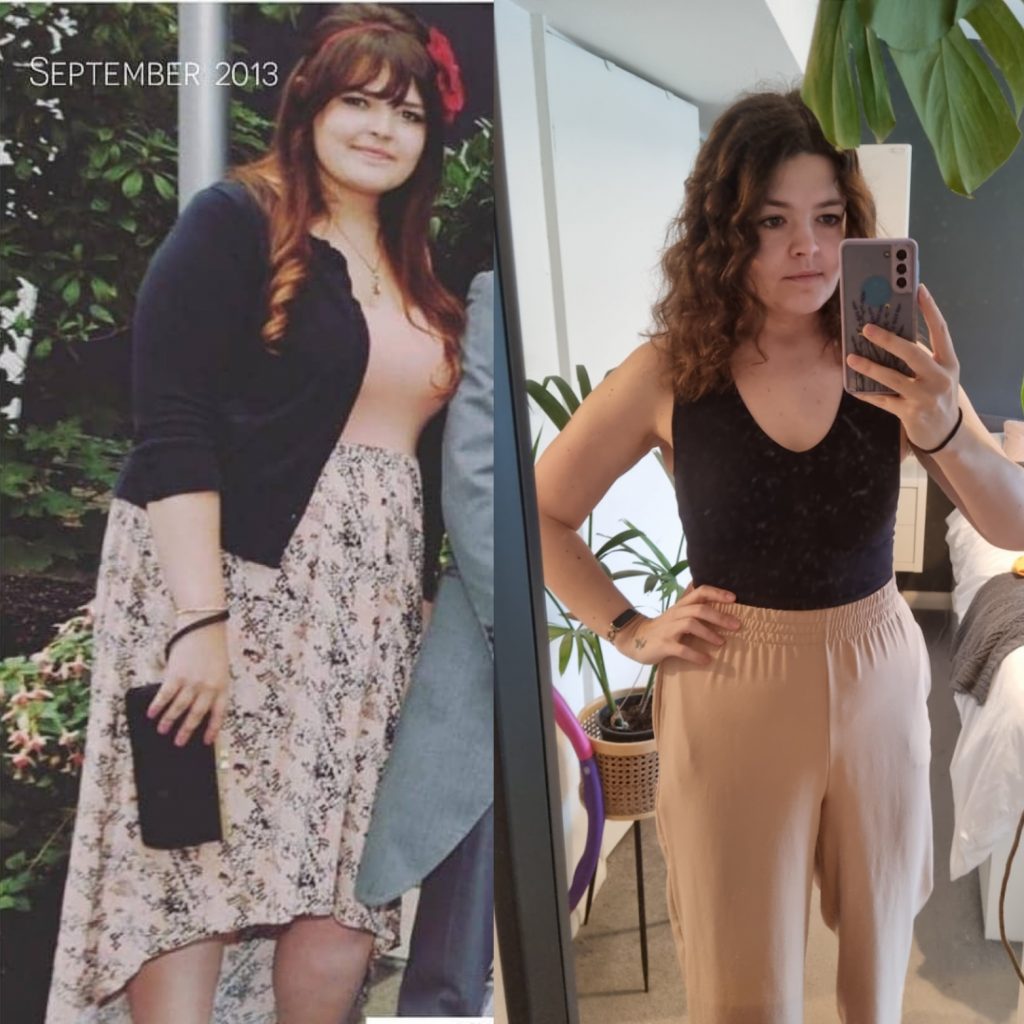
6. Eat Like You Mean It
No more mindless munching. Sit down, focus on your meal, and actually enjoy what you’re eating.
Being present with your food helps you tune into your body’s hunger and fullness cues, so you’re less likely to overdo it.
Plus, you’ll actually savour what you’re eating.
Win-win.
7. Get Moving After Meals
I’m not saying run a marathon after dinner, but a little walk?
Absolutely.
It helps with digestion and gets your body back in motion. Plus, it’s an easy way to sneak in more fat burning without even realising it.
A quick post-dinner stroll is a simple but powerful habit.

8. Lift Some Heavy Stuff
Strength training isn’t just for bodybuilders. Throw in some weight workouts a few times a week.
It’ll help you build muscle, torch fat, and boost your metabolism long after you’ve finished your workout.
The best part? You’ll start feeling like a badass when you see yourself getting stronger.
9. Get Your Beauty Sleep
Sleep isn’t just for beauty—it’s for survival.
Your body needs rest to recover and keep your hormones in check. Aim for 7-9 hours a night, no excuses.
Better sleep means less cravings, more energy, and better performance during your workouts. Trust me, your body will thank you.
10. Track Your Progress Like a Pro
Your fitness tracker and journal are there to keep you in check. Log your workouts, meals, and even how you feel.
Tracking your progress helps you see what’s working and where you need to level up.
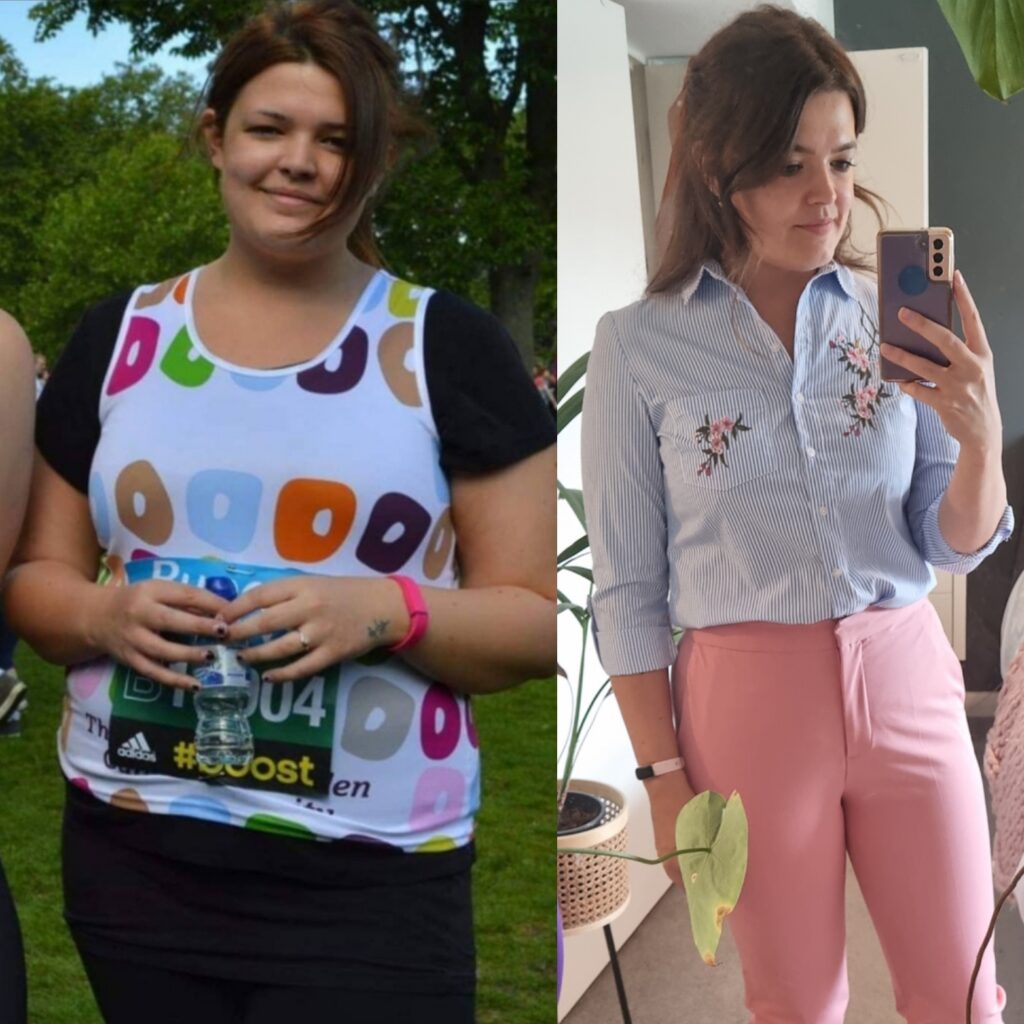
Plus, it’s pretty motivating to look back and see just how far you’ve come.
Mindset Hacks to Crush Your Weight Loss Journey
1. Own Your Health Journey
Stop playing small and start owning it.
You’re not just “trying” to lose weight—you’re someone who puts health first.
When you identify as someone who makes healthy choices, the game changes. Start telling yourself: “I’m someone who gets stronger, eats better, and prioritises my well-being.”
Watch how those small choices start to add up.
2. Consistency is King, Not Perfection
Forget the “perfect day” fantasy.
If you think every day’s going to be flawless, you’re setting yourself up for failure.
The real magic? Consistent effort.
Show up even when you can’t be arsed.
That 20-minute walk you almost skipped? Yep, it counts.
Every little action builds momentum. Keep at it, and you’ll see results without needing to be perfect.

3. Embrace the Suck, It’s Part of the Deal
Listen, growth comes from embracing the hard stuff. Struggling with a killer workout? Carb cravings taking over your brain? That’s where the gold is.
Those challenges aren’t setbacks—they’re opportunities to level up. Take on the suck, push through it, and you’ll come out stronger every time.
It’s all part of your evolution.
4. Celebrate the Non-Scale Wins
It’s time to throw some serious shade at the scale.
Look, weight is just one piece of the puzzle.
Celebrate when you nail your workouts, when your clothes fit better, or when you walk up that hill without wheezing. These non-scale victories are where the real progress lives.
Keep them front and centre and let them fuel your motivation.
5. Mindset: Be Kind to Your Damn Self

Look, losing weight isn’t always pretty, and there will be days when you feel like you’ve fallen off the wagon.
That’s cool.
What matters is how you respond. Self-compassion is a weapon—use it. Instead of beating yourself up, remind yourself you’re human.
Dust yourself off and get back on track without the guilt trip.
6. Visualise Your Future Self
Wanna get motivated?
Picture your future self—the version of you that’s crushing workouts, eating better, and feeling unstoppable.
Spend a few minutes every day visualising that person. The more real it feels, the more you’ll want to live it out.
Keep that version of yourself in mind when you’re making decisions, and let it pull you forward.

7. Break It Down, One Step at a Time
Trying to lose 50 pounds?
That’s a big goal, and it’s easy to feel overwhelmed.
The fix? Break it down.
Focus on the next step, not the end goal. Today’s goal could be smashing your fitness tracker steps or eating one more veggie.
Micro-goals feel more achievable and keep you moving forward without the burnout.
8. Fall in Love with the Process
Stop waiting to reach the finish line to be happy.
The secret sauce? Loving the journey itself.
Enjoy the process of getting stronger, eating healthier, and feeling better. The scale will do what it does, but if you’re loving the daily grind, you’ll stay committed.
The journey is where you grow.
9. Reward Yourself Along the Way
Every time you hit a milestone, whether it’s nailing a workout or managing stress better, celebrate. And no, I don’t mean with food.
Treat yourself to something that aligns with your goals—maybe a new gym kit for that fitness challenge you’ve been eyeing.
You deserve to feel good about the work you’re putting in.
10. Focus on What You Can Control
Life happens. Things will go sideways, and that’s cool. Focus on what’s within your control—like your effort, your attitude, and your choices.
When life throws you a curveball, roll with it, adapt, and jump back into your routine when you’re ready.
Flexibility is key to long-term success.
Conclusion
Look, starting a weight loss journey isn’t about finding a magic pill or crushing yourself with restrictive diets—it’s about building habits that actually work for you.
The small, consistent actions you take every day will push you closer to your goals without driving you mad. From planning your meals like a boss to getting some killer workouts in, it all adds up.
Remember, the key to winning this game is to focus on progress, not perfection.
You don’t need to nail it every single day—just keep showing up. Embrace the ups and downs, be kind to yourself when things go sideways, and stay committed to the process. You’ve got this.
So, strap in, stick with these habits, and keep smashing it. You’ll not only see the results on the outside but feel stronger, healthier, and more in control from the inside out.
Now, go make it happen. Your future self is already cheering you on.
